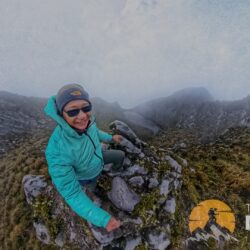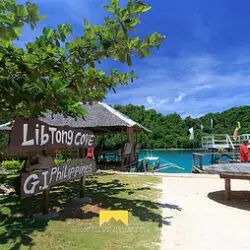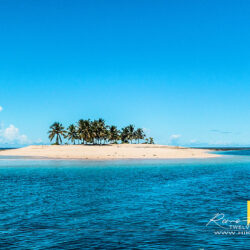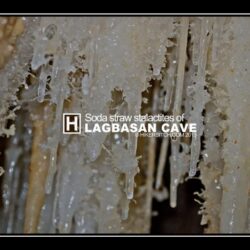“Why another blog on climb preparations? You wrote one when you climbed Mt. Apo?”
Well, for one, people keep asking me about how I prepare for climbs specific to an itinerary. Also, the recent accidents that brought havoc on my “less prepared” climbs made me swore compulsion on climb preparations. Lastly, another friend wanted a climb preparation that is meant for the newcomer, not-so-fit, and geek-trekker wanna be (like me). So here is how I prepare for any forthcoming Level I Climb
Warning: This article is in no way a substitute to the formal climb preparations and fitness conditioning recommended by authorities on climbing. Precautions and consultations should be done with professional or experienced climbers prior to undertaking any pre-climb and climbing expeditions
- Identify your goals for the climb. Is this for fun, an introductory climb (first climb) or “bonding” climb with friends? Is this climb meant for future more difficult climb ( training climb), an endurance climb or a race? Or maybe a clean up drive or a tribute climb? Like any other undertakings, climbs have to have goals that are realistic and attainable. This will guide you in every aspect of your preparation, climb and post climb activities.
- Choose your “mountain” , get your possible IT as early as you can and study it. Knowing the “what, where, when, and why” are you climbing will give you an idea as to “how” to climb. When I get the climb destination and IT, I study it it well and do research about the place– its terrain, weather patterns, dangers, flora and fauna as well as the inhabitants and the unique culture that is in it. Blending with this environment is your key to a successful and fun filled climb of your life. The weather and terrain is extremely important, as this greatly affects the kind of gears your going to bring along during the climb. The net is full of information about so many places to climb, PAGASA for the weather, Pinoy Mountaineer and Bundok Philippines for itineraries. At times, I find very nice places to go from asking fellow trekkers, reading travelogues and browsing pictures.
- Prepare your climbing gears. This is where most newbies dwell much but fail more. Experience climbers easily select and pack their gears fast but that doesn’t mean a newbie is excused from packing gears “with common sense”. Having read the first two steps I gave, should enhance your understanding of gear preparations for a specific climb.
- Stick to the basic climbing gears that is needed for your planned climb. To some degree, this maybe too cumbersome if not painstakingly difficult. A good guiding principle I made for packing gears in climbing is “If I can live in the wilderness without this, I don’t need it.”
- “Pack light and pack it well”. All the necessary steps like waterproofing with a garbage bag and packing all the emergency stuff on top of your packs.
- Get (or borrow) gears that are durable enough for the climb but shallow enough for your pockets. Mountaineering gears are a little bit expensive, but if you are good at spotting high quality materials (even in the famed ukay-ukays) you’ll know this may not be the case always.
- I always make sure I have enough protection for cold and rainy weather, so a jacket and raincoat is a must for me.
- The Bundok website as well as Backpacking.net produced a sample of equipment checklist for 3-4 days- all season climb. I printed a copy and used it as my essentials checklist. I also searched the Northface and Habagat website for instructions how to use my gears and equipments and its safety profile.
- Physically and emotionally prepare yourself for the planned climb. This will depend on the level of difficulty of the planned climb and your current health status. As a general rule if you’re having health problems prior to the climb and have special health concerns you should ask your physician for an advice. The less fit you are, the more “work outs” you need. I have used this climb preparation regimen the first time I went to Mt. Apo. Though I survived that climb, I still panted the whole trek up!
- Review the “Leave No Trace” ethics in climbing. You can, in a simple way, help preserve our environment by applying these principles in climbing.
- Read your BMC manual (if you have one), first aid guides, survival guides, and if you have time, read on special topics like “mountain sickness” and hypothermia. I noticed quite a few of mountaineers knew they were having symptoms of this illness while climbing.
- Call your climbing buddies and companions for this climb and plan out a full filing activity while staying at the campsite. Some climbers, plan a cooking session, others a mini BMC while some photo enthusiasts talk about outdoor photography. There are hundreds of things to do that I’m sure you’ll never ran out of ideas to ponder.
- Lastly, Go Climb. All these preparation mean nothing if you cannot implement it. Be there and join the fun!












